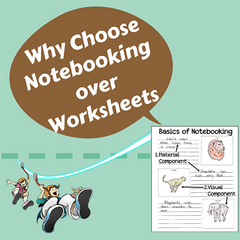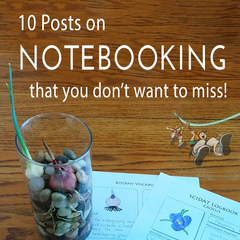Hey, folks! The Sassafras twins are back in the how-ouse.
Well, really, it’s just Blaine. Trace is wrapped up doing something boring and busy-like. So, I’m zipping in and posting this for her because I’m such an awesome older, wiser, and cooler big brother!
Looks like today we got a little diddy from our botany expert, Fiona. Not only did she prove to be a knowledgeable botanist, but apparently she also has a bit of Sherlock Holmes’ blood in her.
She was quite the detective, but that story has already been written as part of our botany leg. So for now, join me in welcoming Miss Fiona McRay to the Sassafras Science blog!
Awrite laddies and lasses, my name is Fiona McRay. I am the resident botanist at Dockerty castle.
Blaine, Tracey, and I met hearthside, well really hearth-inside, at the castle’s grand sitting room. Our time together was quite the adventure! With all the running and chasing, I didn’t ‘ave a chance to fully explain the difference between gymnosperms and angiosperms.
So, when Tracey wrote and asked for me to come back and share more, I immediately responded like any good Scottish lass would – Aye!
Gymnosperm Vs. Angiosperms
In the gardens at Dockerty castle we ‘ave both of these types of plants.
At the castle ‘ave a grove of fine Scottish pines that we use for our Christmas trees e’ery year. These trees are conifers, which are considered gymnosperms.
The name gymnosperm comes from the Greek words gymnos, which means naked, and sperma, which means seed. The seeds are not protected by a fleshy fruit, instead, they are found in the pockets of a cone.
The gymnosperm seeds mature and then are released from the cone when conditions are right.
Conifers, cycads, and ginkgo plants are all gymnosperms.
On the ot’er hand, we ‘ave the roses that I shared with Blaine and Tracey while they were at Dockerty castle. These flowering plants are fine examples of angiosperms.
The seeds of an angiosperm develop in the plant's ovary. This protects the seeds as they develop.
This is not unique to these plants, in fact, the seeds of a gymnosperm develop in the ovary. Howe’er in the gymnosperm, these lay exposed on the surface of the cone’s scale.
In the angiosperm, the ovary of the flower develops into a fruit, which protects the seed and helps it to get where it is going.
All flowering plants are angiosperms. Some, like the apple tree, develop fruits that we can eat and enjoy!
I trust that now ya’ can see the difference between a plant that is a gymnosperm and one that is an angiosperm.
If ya’ are in Scotland, be sure to stop by and I’ll give ya’ a first-rate tour of the castle gardens!
A Final Word From The Twins
Awesome, Fiona!!
It says here in the notes that the Sassafras team has also put together a printable for you all to use, which I’ll link to right here:
If you all want to know more about pollination, be sure to check out Paige’s recent post on the two types of pollination.
Alrighty – that’s all I got to share today! We’ll see you all real soon!


